.webp)
© History Oasis
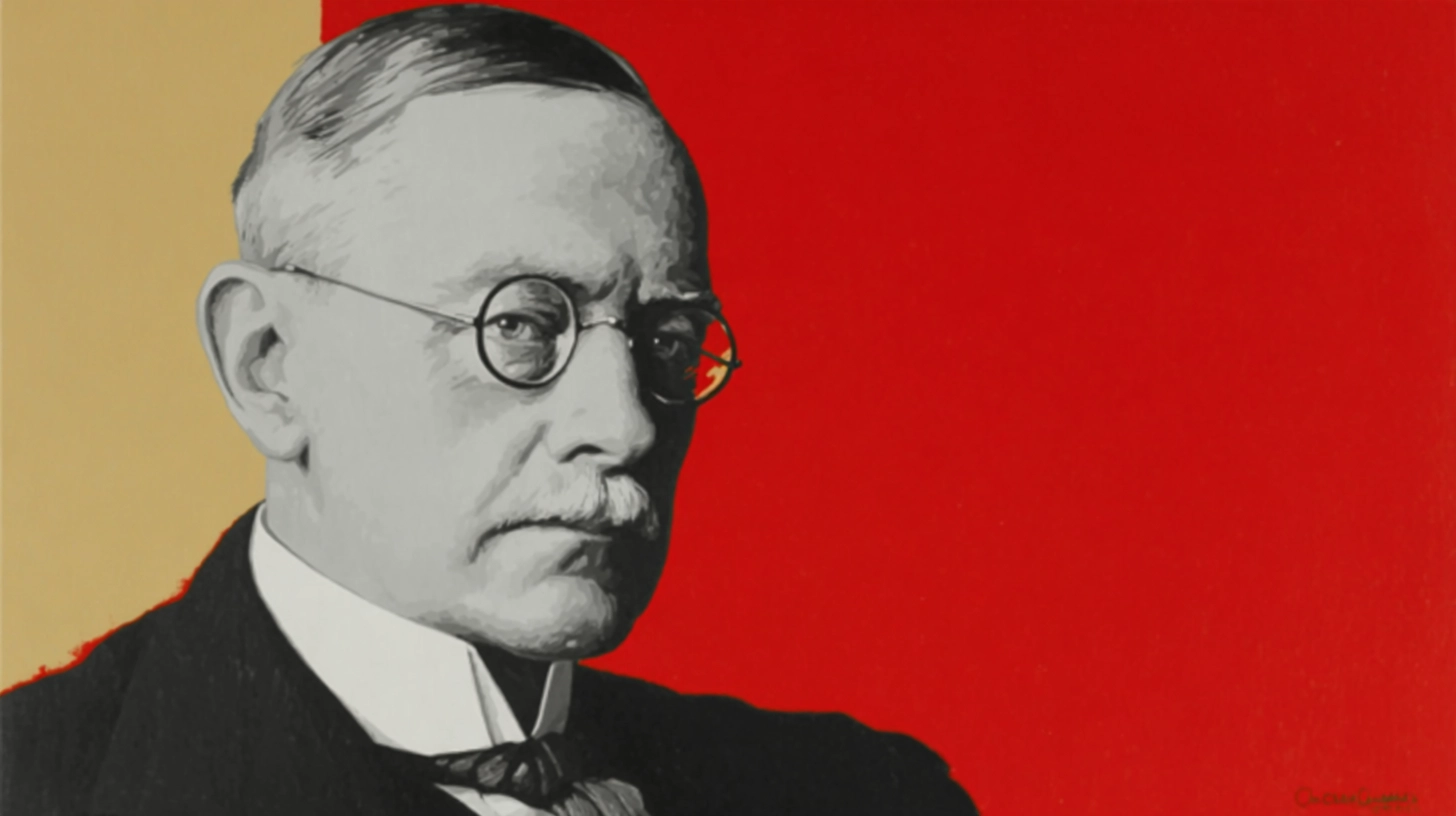
1914-1916
The first Fed "governor" was a Harvard lawyer from Boston who wielded no real power. Treasury Secretary William McAdoo called the shots while Charles Hamlin played figurehead. His one lasting contribution: obsessive diary-keeping that gives historians a window into the Fed's chaotic origins.
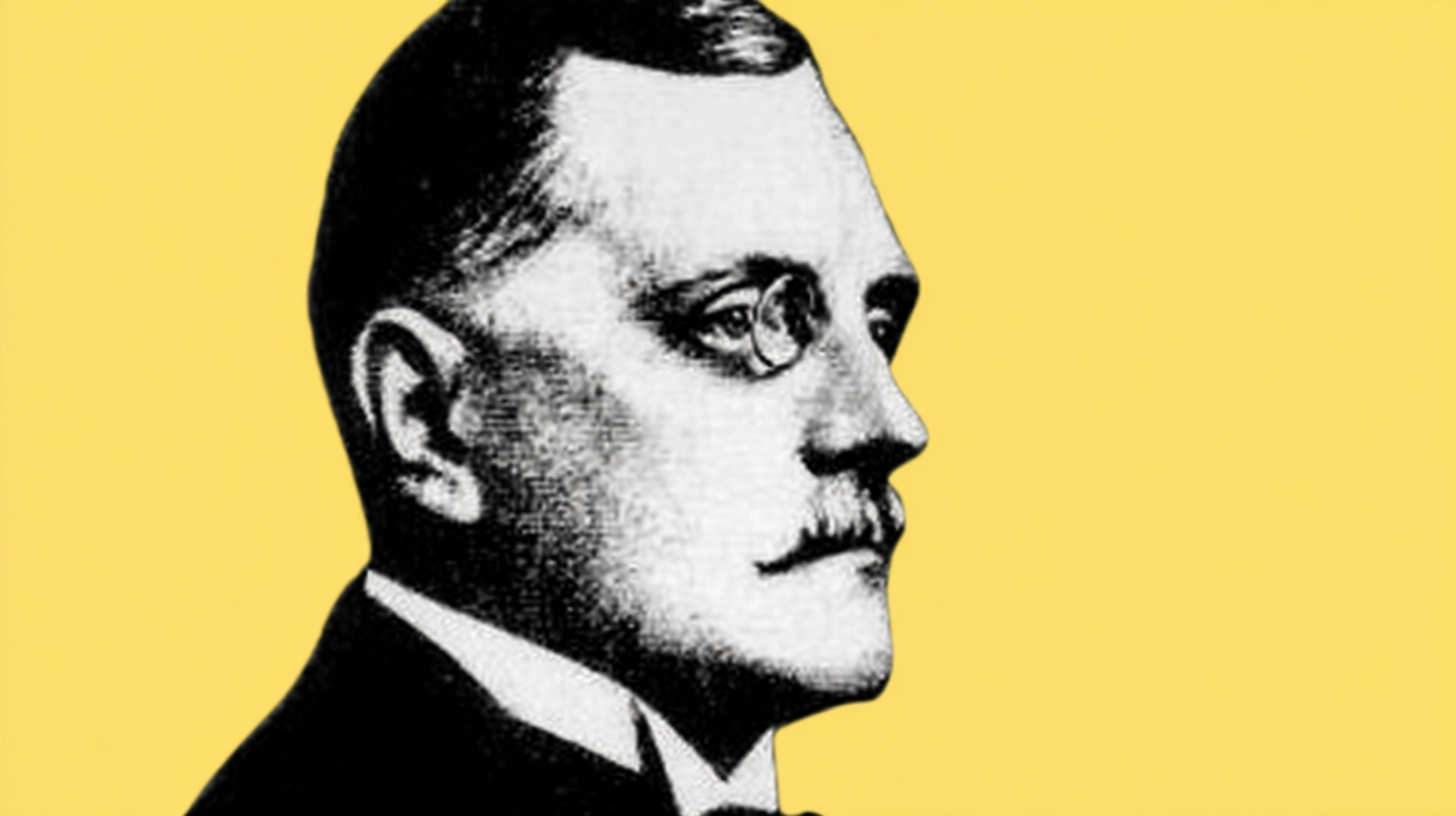
1916-1922
World War I forced W.P.G. Harding to keep interest rates artificially low—a decision that came back to haunt investors. During his six years as Chair, inflation devoured returns. Stock prices crept up 1.2% annually, while prices jumped 52%.Investors lost money hand over fist in real terms.
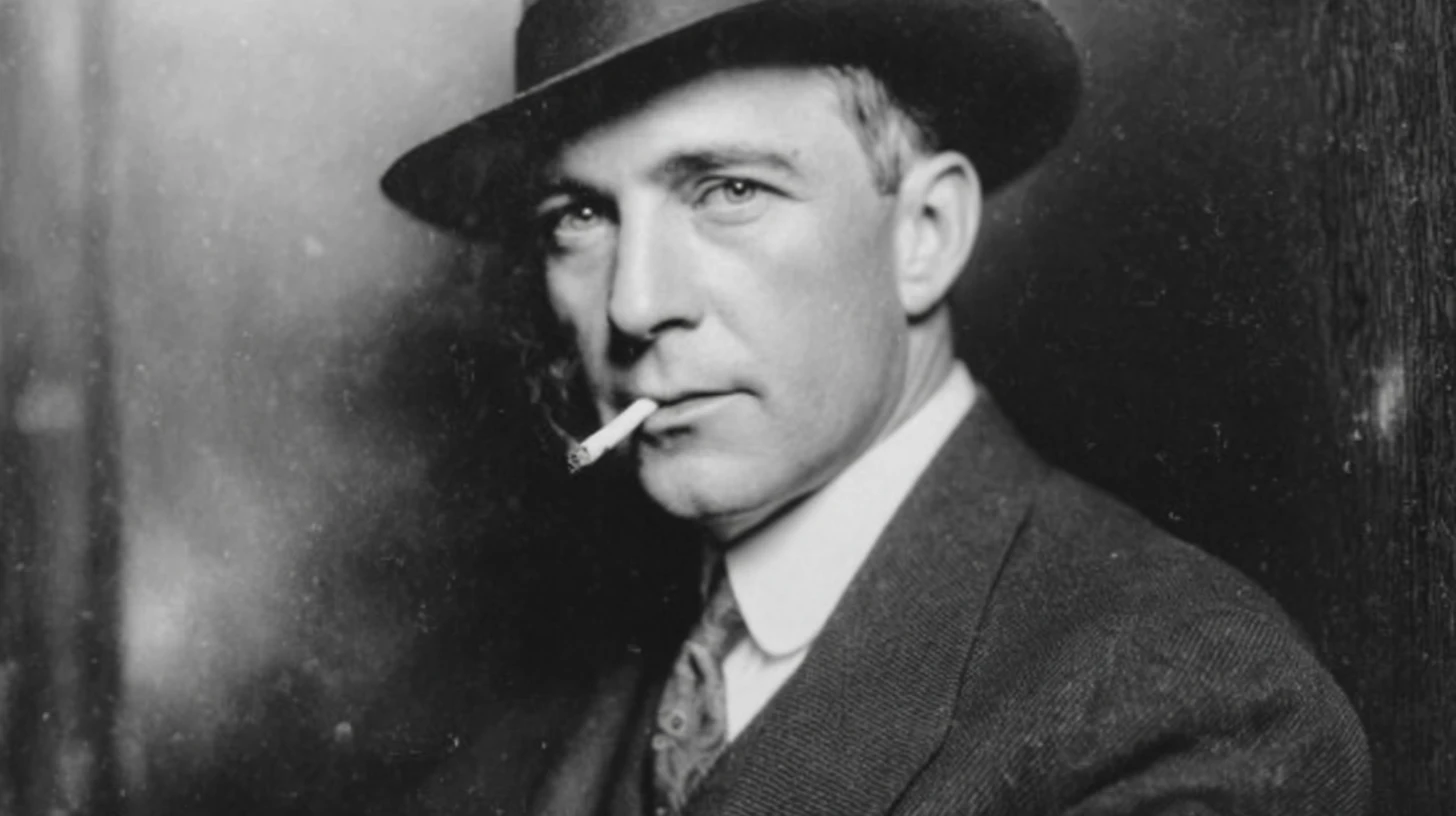
1923-1927
Pure luck landed Daniel Crissinger in the chairman's seat during the greatest bull market in Fed history. The Dow more than doubled on his watch as the Roaring Twenties hit full swing. Inflation stayed dormant, giving the average investor 17% annual returns. No chairman has matched this performance since.
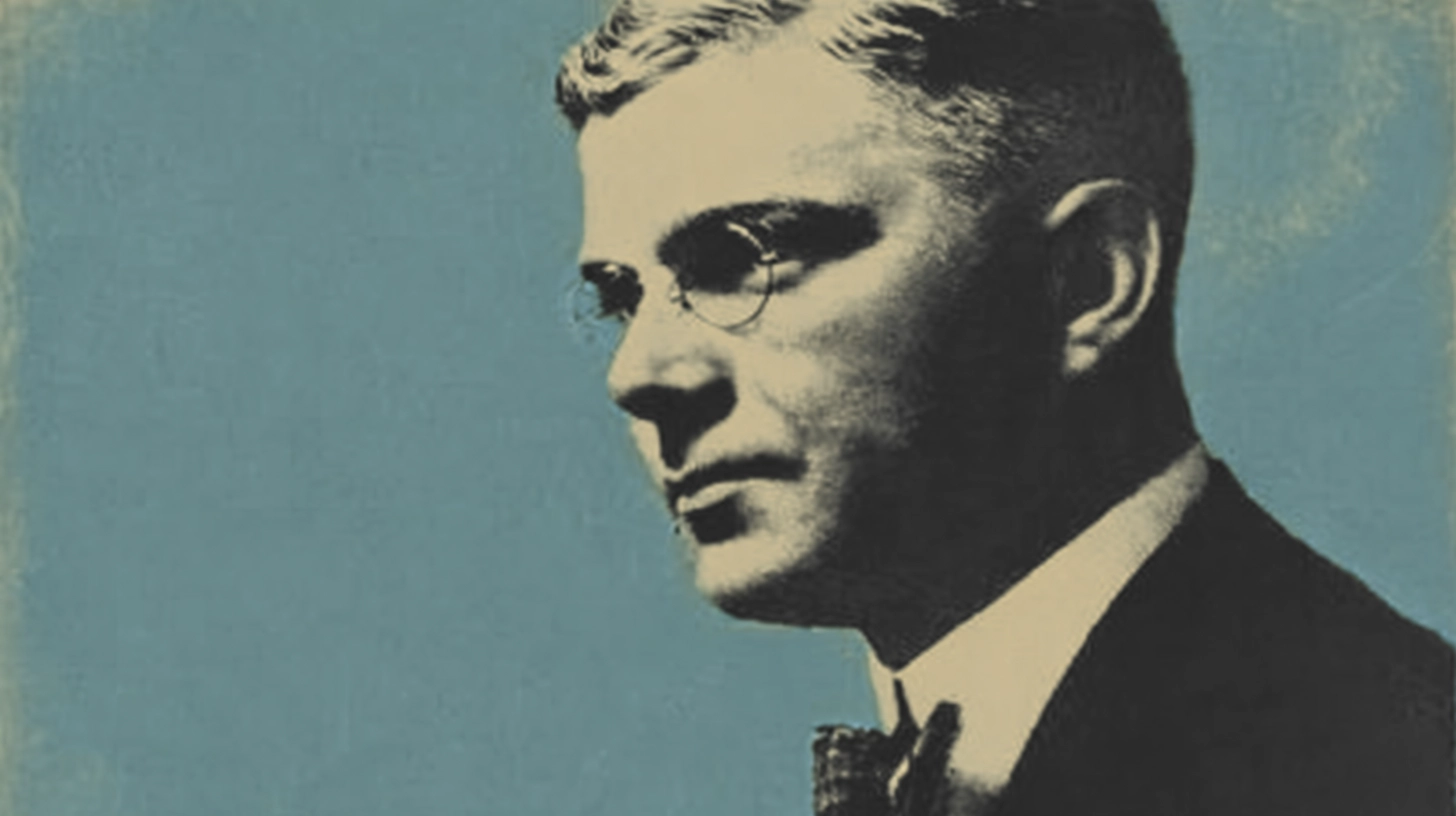
1927-1930
Roy Young drew the short straw. He ran the Fed as the party ended. He departed just months after Black Tuesday, before the true horror of what followed became clear. Three brutal years lay ahead that would redefine American capitalism.
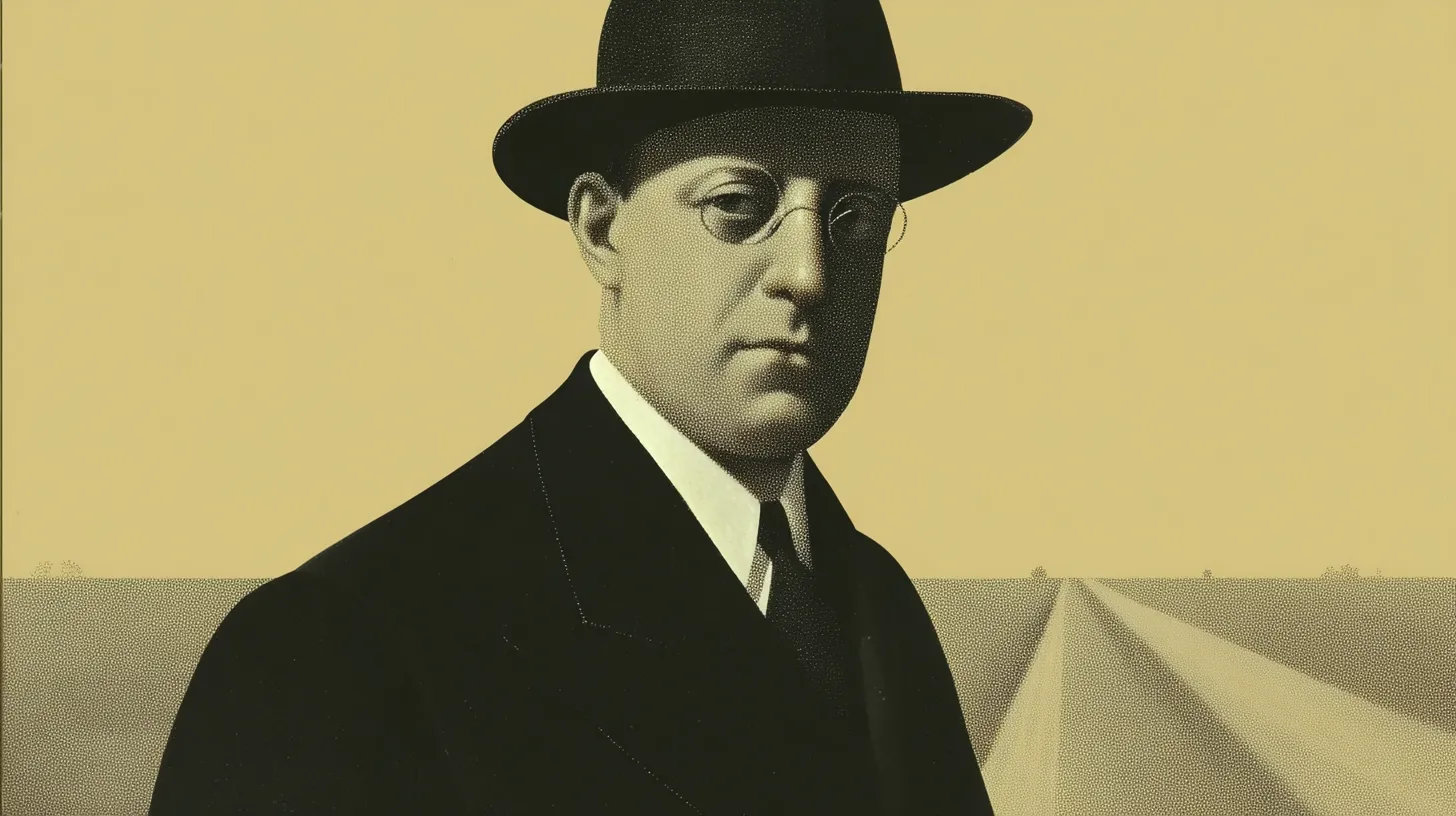
1930-1933
Eugene Meyer walked into economic Armageddon. Banks collapsed weekly while unemployment climbed toward 25%.No monetary policy playbook existed for this disaster. He fought deflation with traditional tools that proved pathetically inadequate against forces unleashed by the crash.
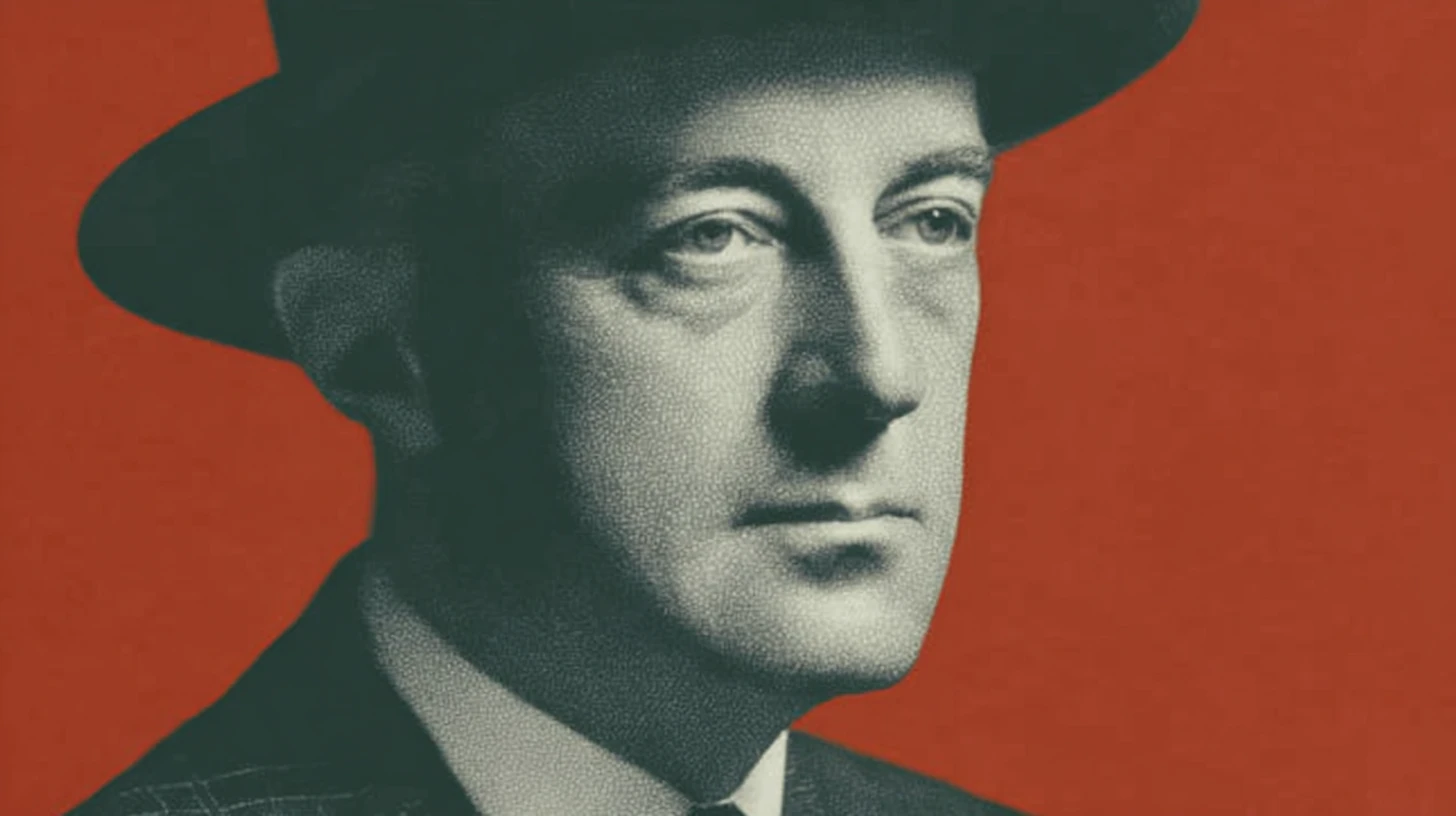
1933-1934
Fifteen months wasn't enough time to judge Eugene Black's capabilities, though historians speculate he might have been exceptional given better health. He managed monetary policy as Roosevelt launched the New Deal, fundamentally reshaping the government's economic role.
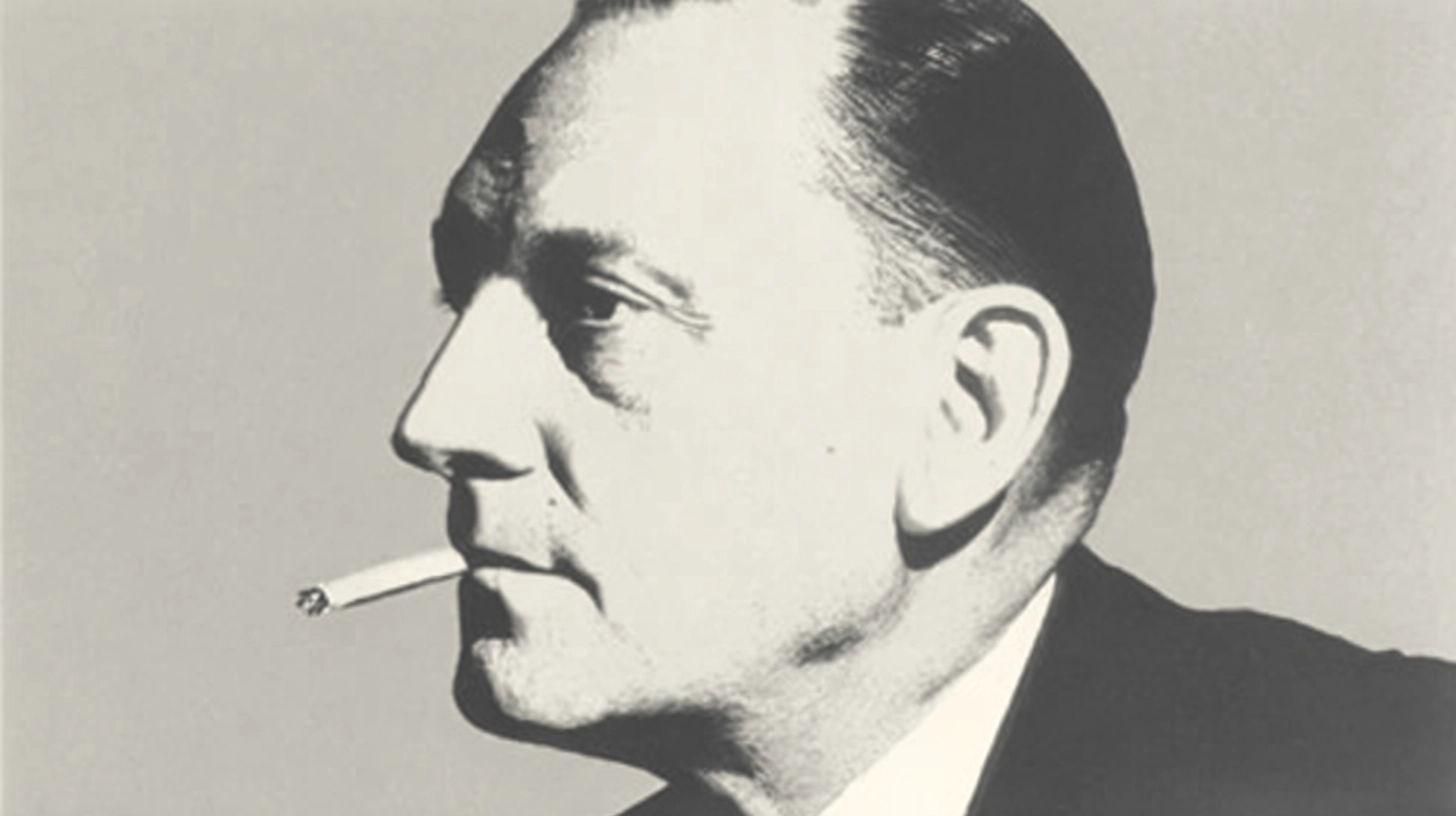
1934-1948
Only William Martin served longer than Eccles's thirteen-year marathon. Stock returns stayed flat throughout his tenure, but unemployment crashed from 21.7% to 3.8%—the metric that mattered most. He helped design the Bretton Woods system that has governed international finance to this day.

1948-1951
Thomas McCabe inherited the messy job of transitioning from war to peace economics. For years, the Fed had artificially suppressed rates to help finance the war effort. His brief tenure focused on returning to something resembling normal monetary policy.

1951-1970
Nineteen years in the chairman's seat—longer than anyone before or since. William Martin coined the Fed's most famous metaphor: taking away the punch bowl just as the party gets going. Notoriously, Lyndon Johnson physically manhandled him at the presidential ranch, demanding cheap money for Vietnam and Great Society programs.
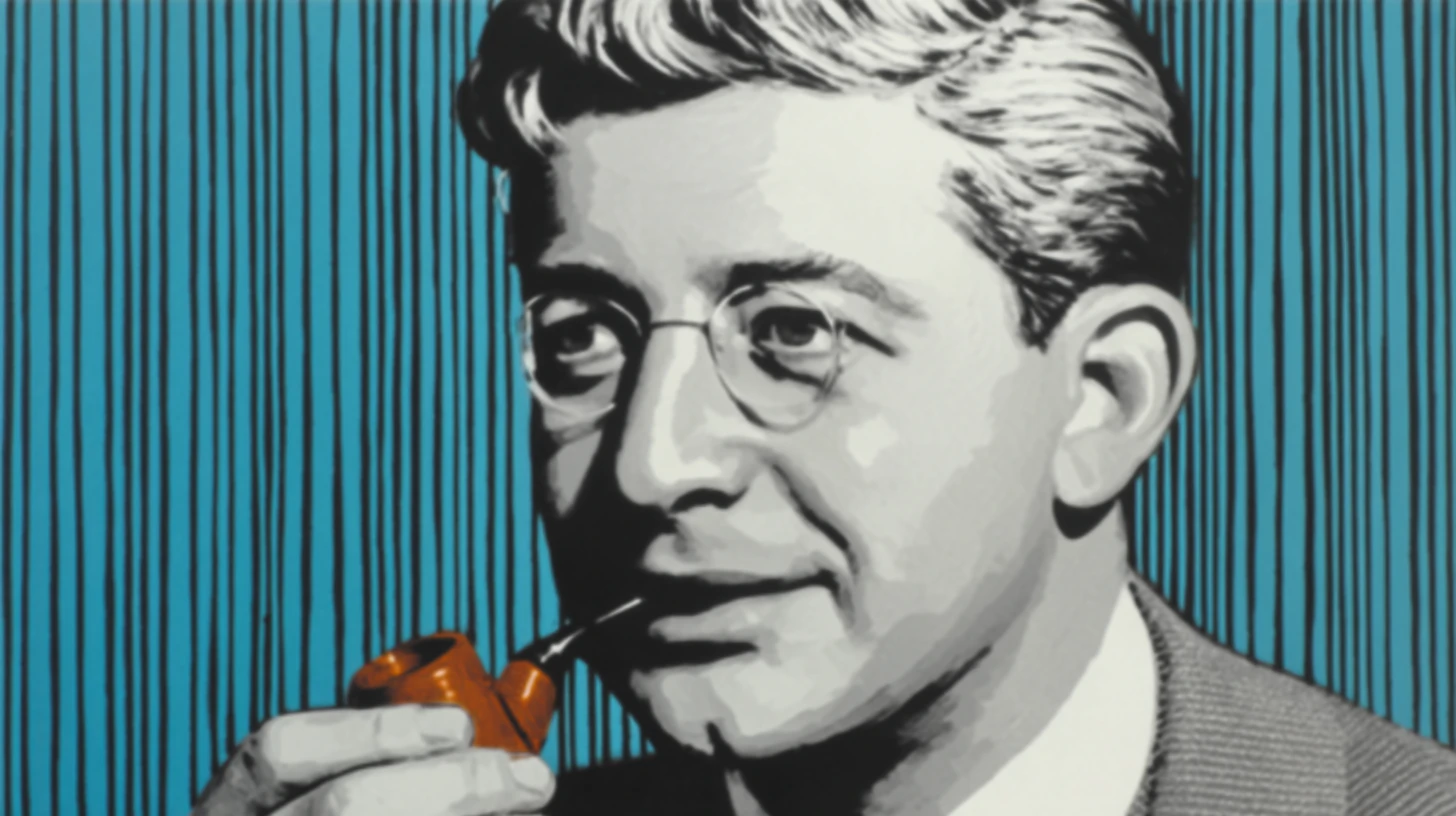
1970-1978
Arthur Burns talked tough on inflation but folded under political pressure every single time. His weakness under Nixon launched the Great Inflation that would torture Americans for a decade. He proved that Fed independence meant nothing without a backbone to back it up.
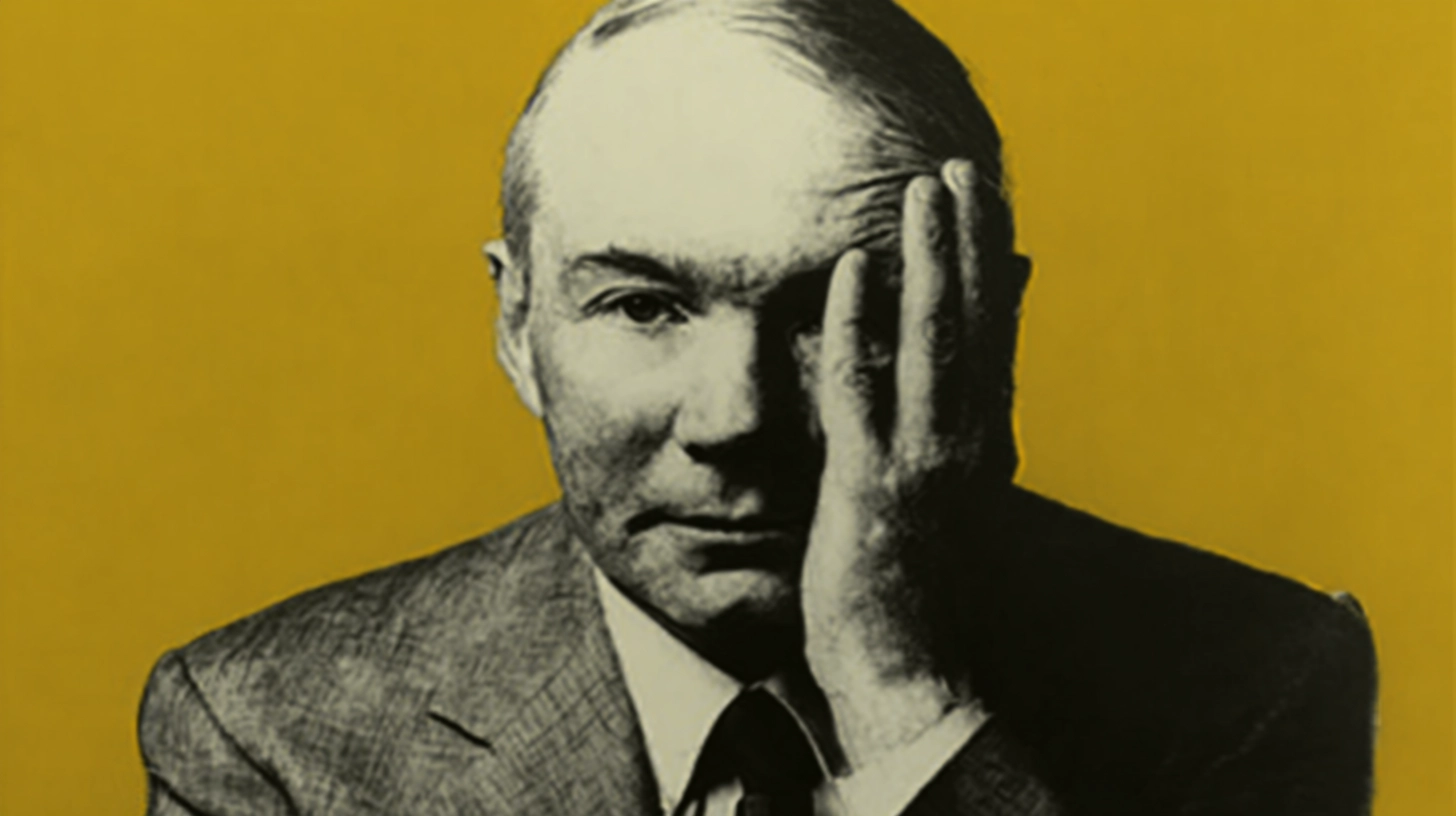
1978-1979
William Miller lasted seventeen disastrous months. This former business executive presided over stagflation—the economic equivalent of being simultaneously punched and suffocated. When Carter tried to promote him to Treasury Secretary, markets threw a tantrum that forced the president's hand.
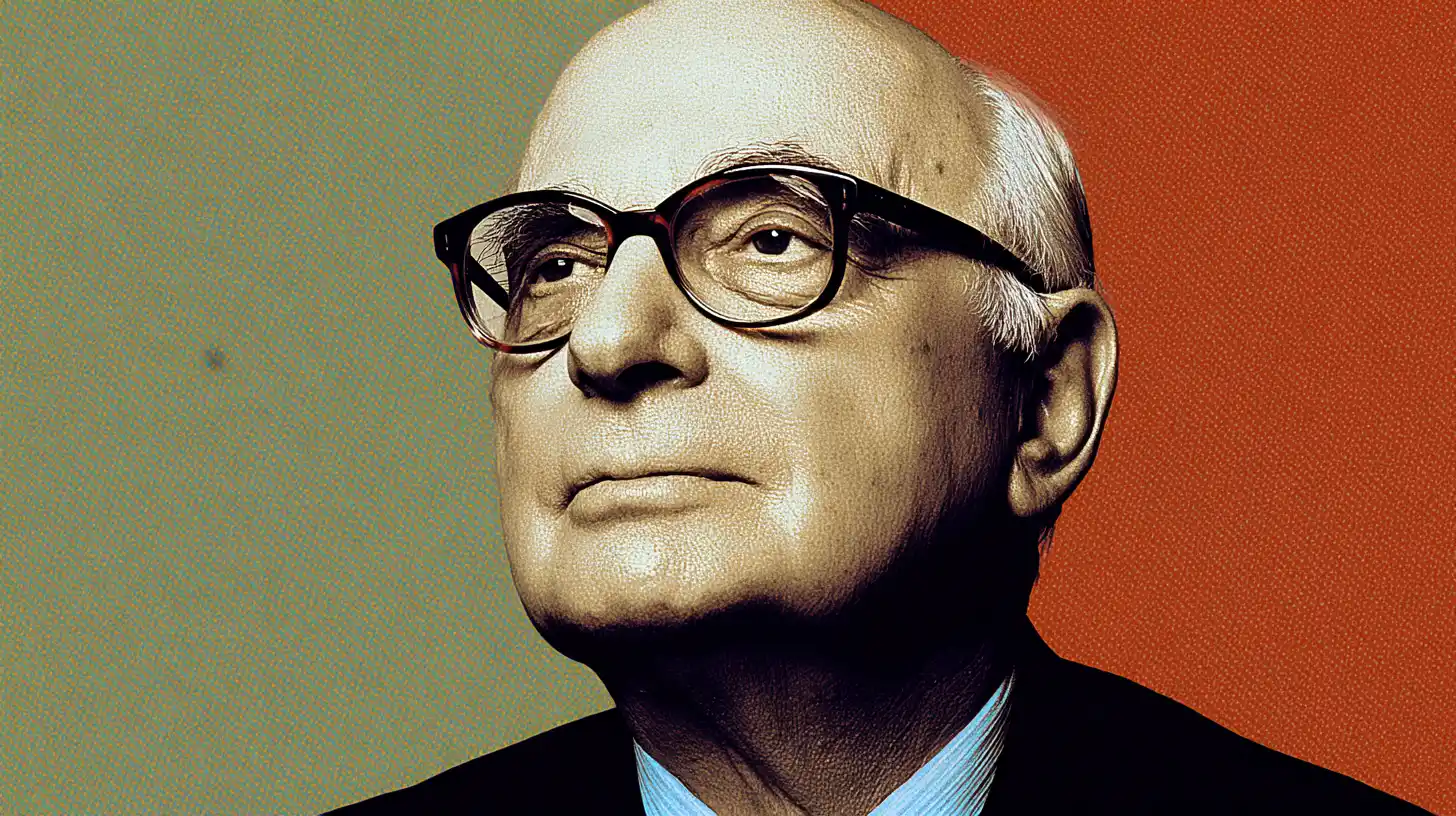
1979-1987
At 6-foot-7, Paul Volcker towered over his critics—and he had plenty. He shocked Wall Street by jacking interest rates to 20%, triggering the worst recession since the 1930s. Unemployment hit nearly 11% while angry farmers and homebuilders printed "wanted" posters with his face. But inflation died. It fell from 14.8% to under 3% in three brutal years. He saved the dollar's credibility by breaking America's back.
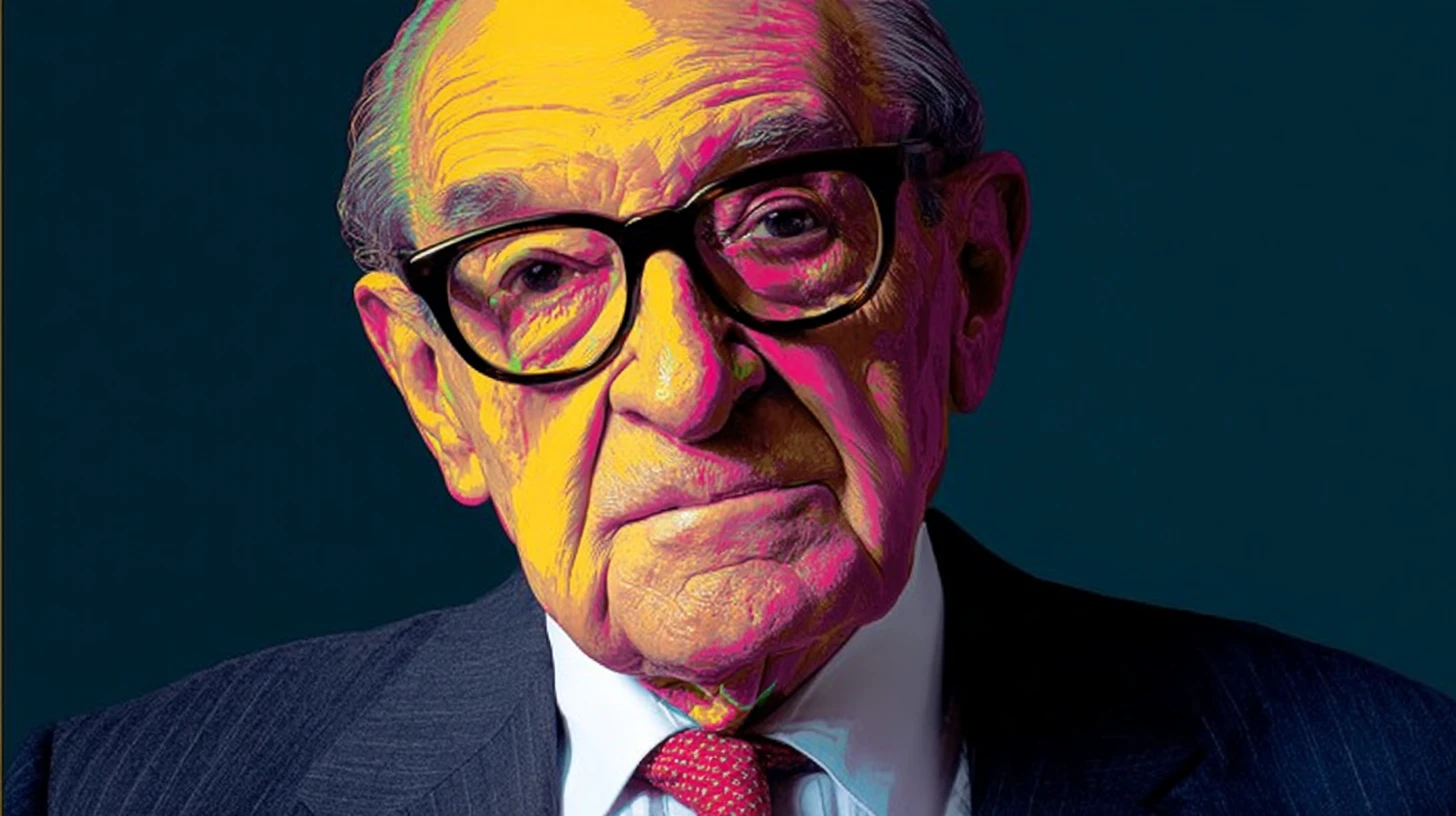
1987-2006
The financial media treated Alan Greenspan like a rock star for nearly two decades. Behind the mystique lurked strange contradictions. He spent the 1950s in Ayn Rand's living room, reading Atlas Shrugged manuscripts aloud to her inner circle. Yet this gold standard devotee became the ultimate paper money printer. The 2008 crisis shattered his reputation. Under congressional grilling, he admitted his free-market faith had been wrong. "Shocked disbelief," he called it. He mysteriously pulled his doctoral dissertation from NYU's library the day he became chairman.
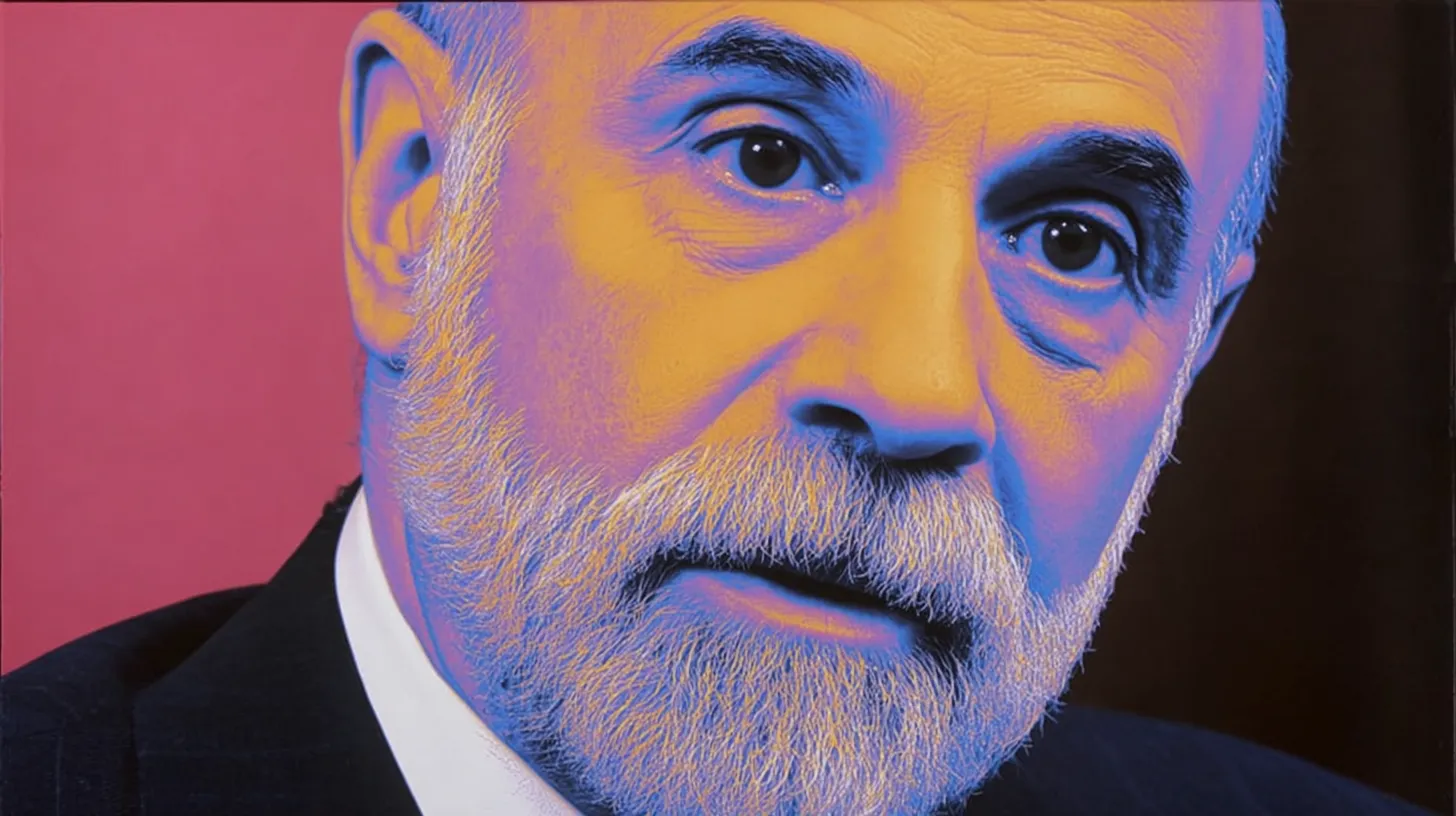
2006-2014
A 2002 speech about dropping money from helicopters haunted Ben Bernanke throughout his tenure. His own press officer begged him to cut the metaphor: "It's just not the sort of thing a central banker says." But "Helicopter Ben" stuck. When 2008 arrived, he made good on the threat—buying trillions in bonds while cutting rates to zero. His Depression expertise probably prevented another 1930s-style collapse. The Nobel Committee agreed, awarding him the economics prize in 2022.
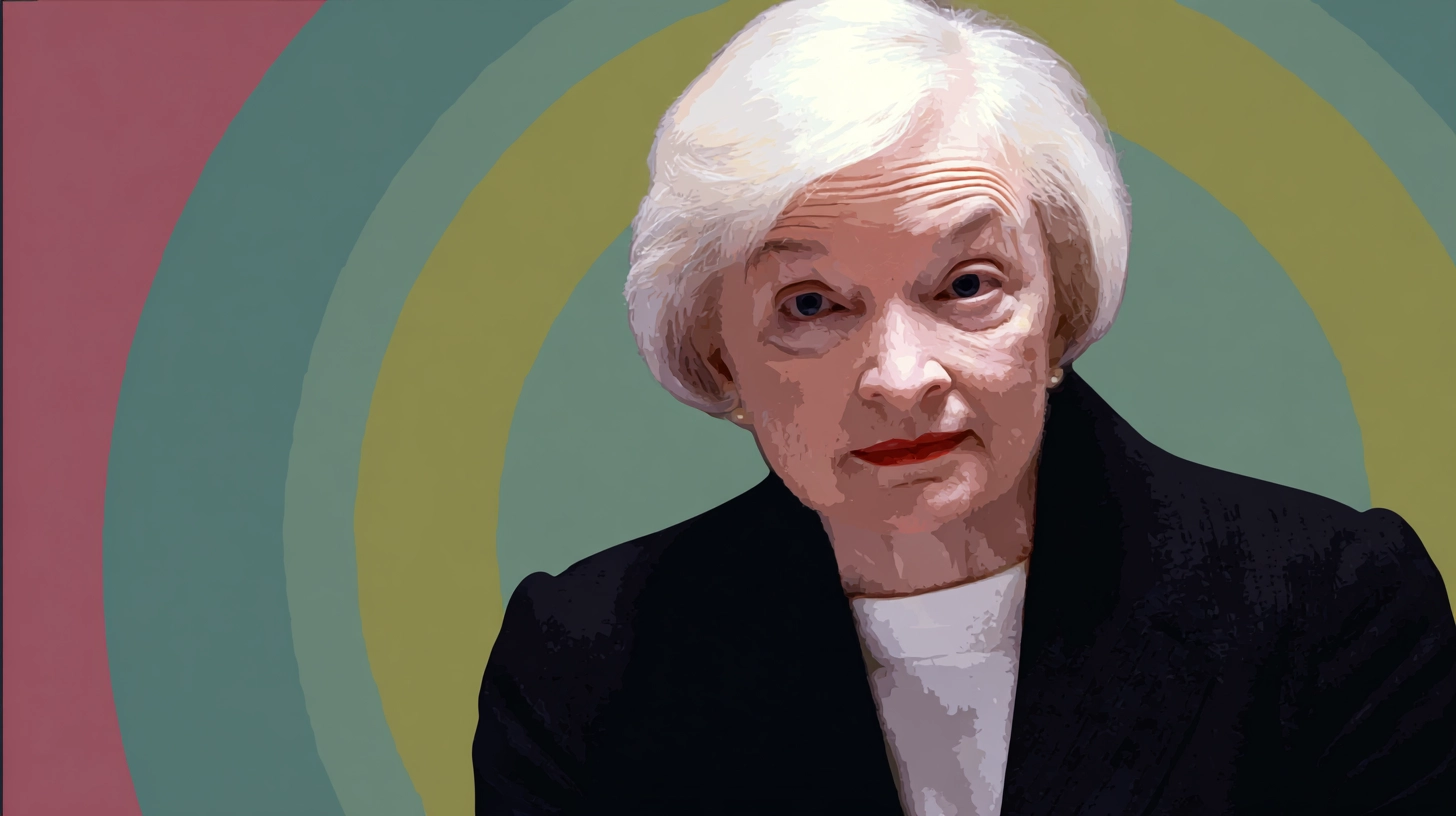
2014-2018
The Fed's first female chairman faced a unique challenge: cleaning up after the crisis without triggering new problems. Janet Yellen methodically unwound emergency policies, shrinking the Fed's balance sheet while markets stayed calm. Investors earned solid 13.5% annual returns during her four-year tenure.
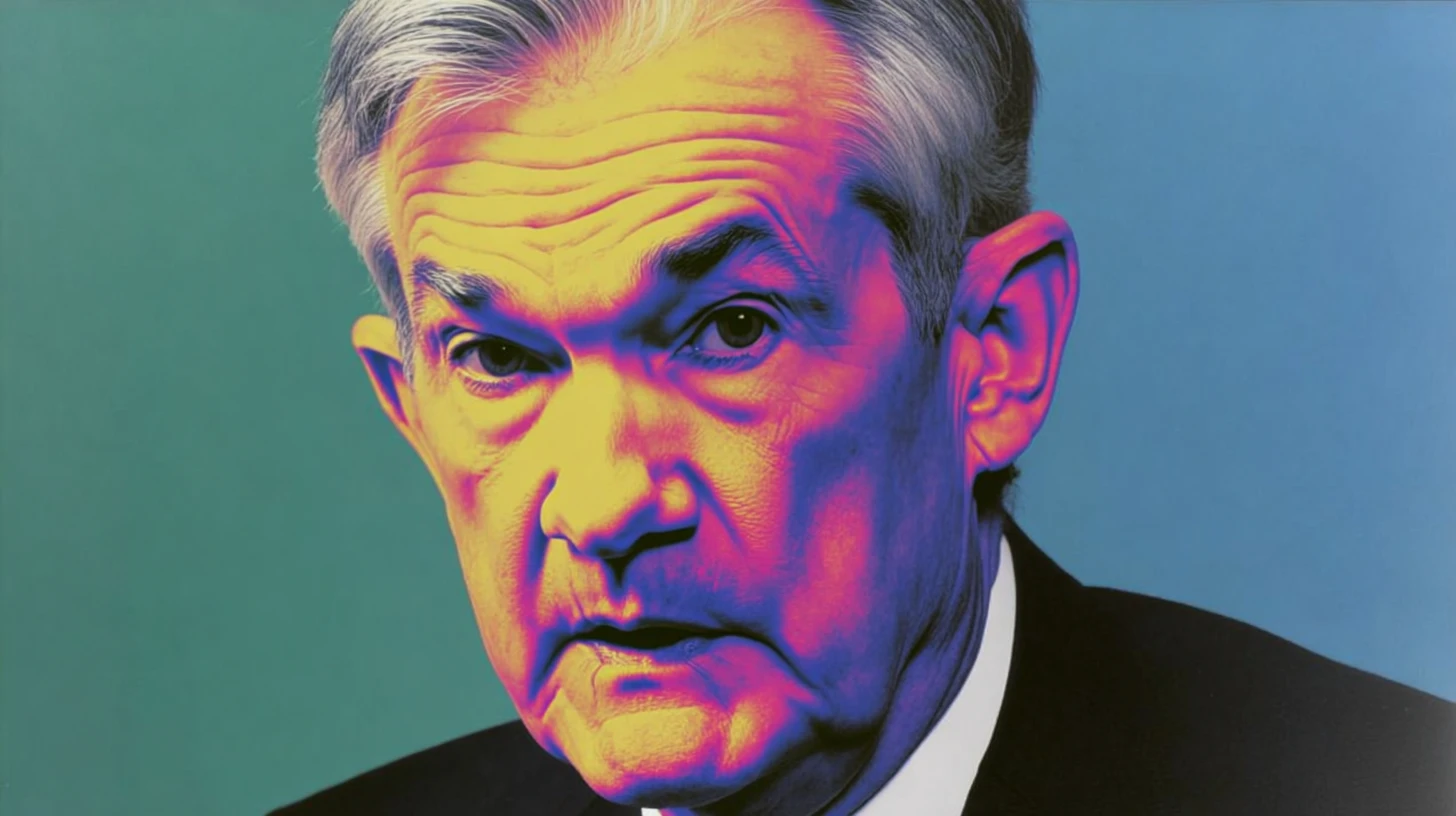
2018-Present
Jerome Powell leads the Fed through fresh chaos—pandemic lockdowns, supply chain snarls, and inflation's unwelcome return. Trump appointed him, Biden kept him. His biggest test: whether lessons from past crises apply to wholly new challenges.